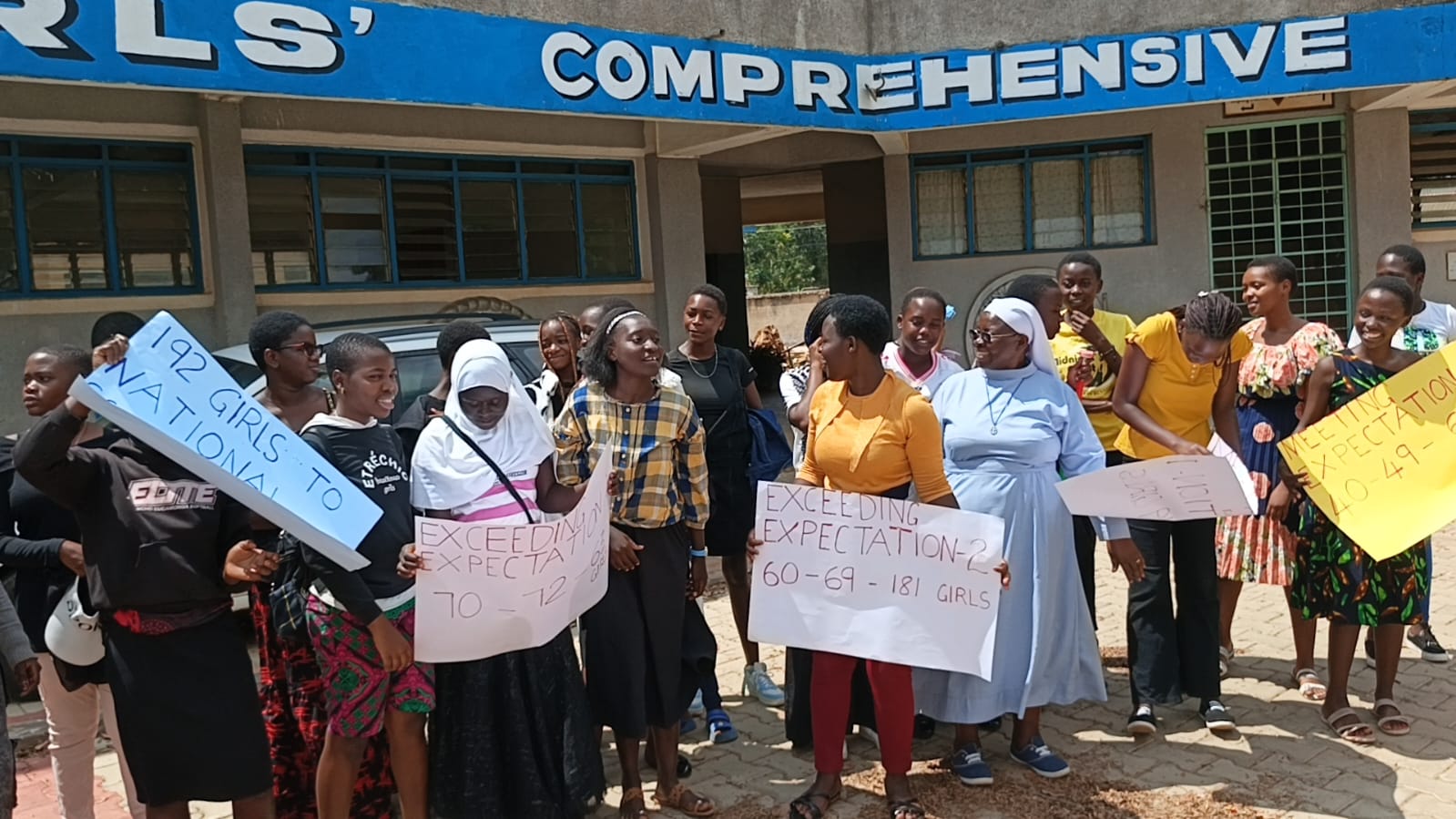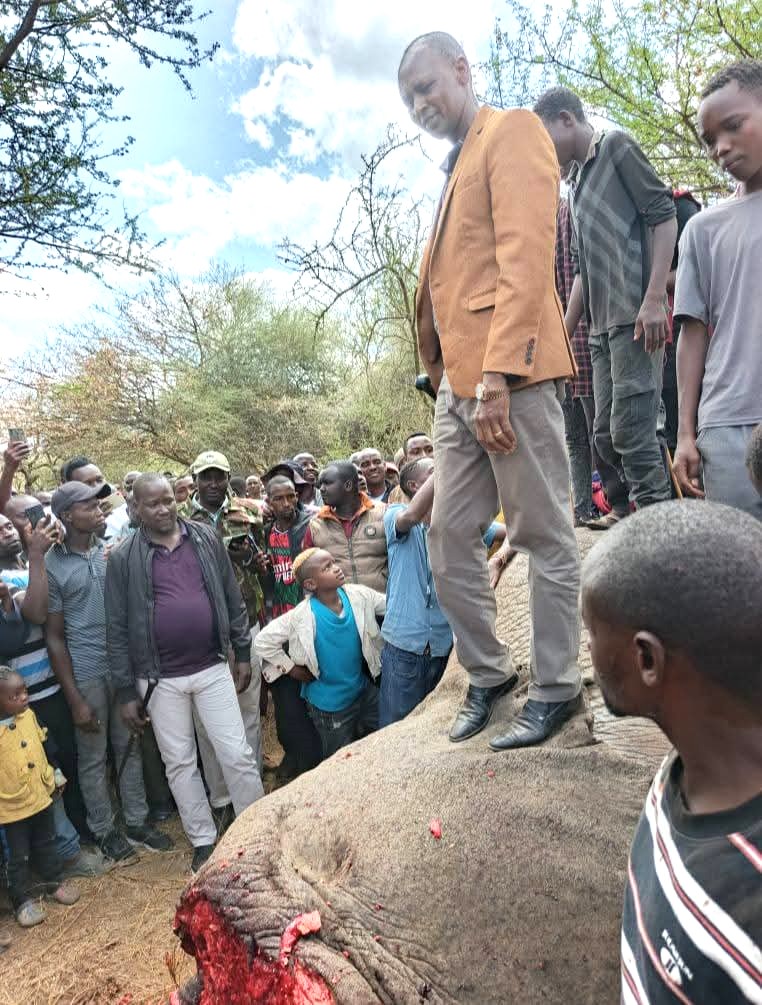For years, Kenya’s education narrative was predictable: girls were the fragile ones; silenced by culture, married off too early and shadowed by the myth that ‘education is for boys.’ But tables have turned and dramatically so. The once ‘vulnerable girl’ has sprinted past her male counterpart, leaving the boy child gasping for air in the dust of her determination. Today, the conversation has flipped. The real question is no longer ‘How do we empower the girl?’ but rather, ‘Who will rescue the boy?’
In the past two decades, government policies, NGOs, churches and global campaigns have all rallied behind one cry: Educate the Girl Child. Scholarships, mentorships, sanitary pad drives, girls’ clubs and empowerment conferences have mushroomed from every direction. While the intentions were noble, the effect has been seismic. The girl child is now academically confident, socially aware and psychologically supported. She has been told she can do anything; and she has believed it. Step into any top performing school, and you’ll see it: girls topping national exams, leading debates, chairing clubs and representing Kenya in international competitions. The girl child is not just participating; she’s dominating.
Meanwhile, the boy child has been quietly neglected. As attention and resources flooded toward girls, the boy was left in a motivational drought. Society assumed he was ‘naturally strong’ and didn’t need help. But strength without support becomes silent struggle. Today’s boy faces a unique cocktail of distractions; video games, betting, social media validation, substance abuse and toxic interpretations of masculinity. He is told not to cry, not to show weakness, not to seek help. And so, he sinks quietly. In many schools across Kenya, teachers whisper the same lament: ‘Our boys have lost focus.’ Discipline cases rise; academic interest falls. The boy who once strutted with confidence now drifts through school corridors like a ghost of wasted potential.
Ironically, it is the very culture that once oppressed the girl that now anchors her. Parents who once invested heavily in sons now boast of their educated daughters. ‘My girl is in university,’ they say with pride, while the son is somewhere ‘figuring things out.’ In rural areas, many boys are pressured to be breadwinners too early. They drop out to herd cattle, do boda boda business, or engage in quick money hustles. Meanwhile, their sisters stay in school, protected by countless initiatives and driven by the hunger to change their families’ stories.
ALSO READ:
Parents urged to cooperate as police investigate students involved in schools’ unrest in Machakos
Turn on the TV, scroll through social media, or attend youth forums; you’ll find the narrative glowing with female success stories: women in STEM, CEOs, pilots, engineers and governors. The girl child now has visible role models; the boy child, fewer and fewer. This imbalance has created a psychological gap. The girl child grows up inspired; the boy child grows up confused. The result? Girls soar with direction, boys wander in uncertainty.
According to data from the Kenya National Examinations Council and several education think tanks, girls are now outperforming boys in literacy, KCPE and KCSE results in most counties. University enrolment patterns reveal a steady tilt in favor of the girl. Even in traditionally male dominated courses; law, medicine, engineering; the girl child is closing in fast. The ‘lost boy’ phenomenon is no longer anecdotal; it’s statistical.
This is not a call to dim the girl’s light. It’s a plea to relight the boy’s candle. Kenya cannot afford to empower one gender at the expense of the other. A nation that raises its daughters but forgets its sons builds a generation of brilliant women with no equally prepared partners in leadership, family, or nation building. We must bring back the boy; through mentorship, guidance and redefined masculinity. Schools should create safe spaces for boys to express emotion and find direction. Churches and community organizations must include boys in empowerment programs. Let the slogan evolve from ‘Save the Girl Child’ to ‘Empower the Child.’
The girl child’s rise is not the problem; it is the proof that empowerment works. The problem is our failure to run both races with equal enthusiasm. Kenya’s daughters have sprinted ahead because someone believed in them, invested in them and cheered them on. Now, it’s time to look back at the boy child; lonely, confused and slowly fading; and say: We see you. We need you. And we’re coming for you too.
Because in the marathon of nation building, Kenya cannot afford to lose half her runners.
By Angel Raphael
Angel Raphael, is a teacher by profession, an education enthusiast, and an advocate of the boy child.
You can also follow our social media pages on Twitter: Education News KE and Facebook: Education News Newspaper for timely updates.
>>> Click here to stay up-to-date with trending regional stories
>>> Click here to read more informed opinions on the country’s education landscape






